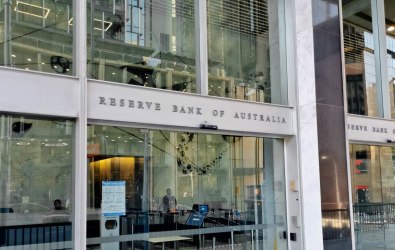The increasing domination of institutional investors among hedge fund clients is driving major changes in disclosure, risk management and investment strategies, an industry lobby group has said.
The Alternative Investment Management Association (AIMA) estimated that before the global financial crisis, high net worth individuals (HNWI) made up about 50 per cent of hedge fund investors, while institutional investors made up the other 50 per cent.
But now the balance was more towards 70 per cent institutional investors and 30 per cent HNWIs, London-based AIMA director of communications Christen Thomson said.
"What happened in 2008 was that predominantly high net worths redeemed and the new money that has come into the industry since 2008 has been largely institutional money. It is a game changer," Thomson said.
"It means first of all that the managers themselves have to become much more serious in terms of their operational infrastructure, in terms of their risk management, governance and their regulatory compliance, in order to attract that institutional money."
He said it also had changed the investment strategies of many hedge fund managers, because institutional investors were less focused on top-quartile performance.
"The high net worths were all about alpha," he said.
"Institutions tend not to be so returns focused; they like capital preservation.
"In a way, it is a return to the future for the industry, because the original hedged funds - when they first emerged in the '50s and '60s - were classically 65 [per cent] long and 35 [per cent] short and would seek to be both safe in good times and bad times, so it has been more about risk management."
The greater emphasis on capital preservation had led to a de-leveraging of the industry, he said.
"The managers have been looking to deliver more downside protection; that matters in terms of performance, because suddenly the managers are much more conservative," he said.
"One of the key facts to look at is leverage levels; leverage levels in the industry are now 1.3 times asset levels, which is extremely low by historical standards. It would have been two or three times asset levels pre-crisis.
"It also means that the industry is not systemically as important as some of the financial players are."
As a result of the changing investor base of the industry, hedge fund managers have also been interacting more with regulators.
In Australia, this has resulted in AIMA's involvement in the drafting of a regulatory guide on hedge fund disclosure, due to be published by ASIC early next year.





